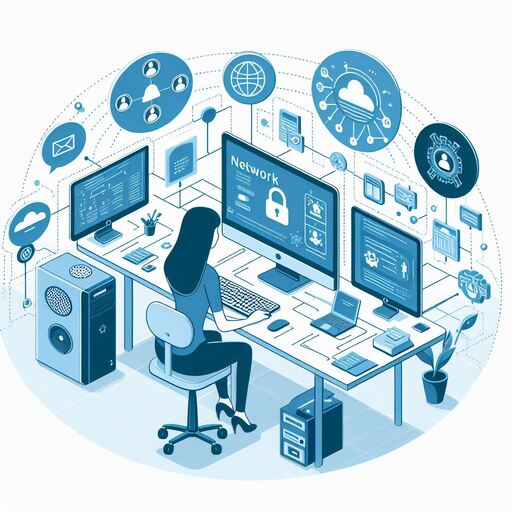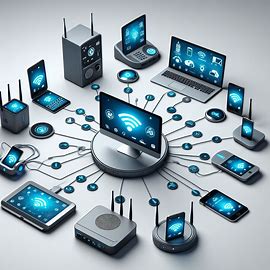- Devices: These are the gadgets that connect to the network. Common devices include computers, laptops, smartphones, tablets, printers, and routers. Think of them as the players in a game of catch; each one can send and receive information.
- Media: This is how data travels between devices. It could be physical cables like Ethernet cables or wireless signals like Wi-Fi. Imagine it like the path the ball takes when you throw it in a game of catch.
- Protocols: These are the rules and standards that devices use to communicate with each other. Just like how players agree on rules before starting a game, devices follow protocols to understand each other. Examples include TCP/IP (Transmission Control Protocol/Internet Protocol) for internet communication and HTTP (Hypertext Transfer Protocol) for web browsing.
- Network Interface Card (NIC): This is the hardware inside devices that connects them to the network. It’s like the hands of the players in our game of catch, allowing them to catch and throw the ball (data).
- Router/Switch: These are devices that help direct traffic on the network. Routers connect different networks together (like connecting your home network to the internet), while switches connect devices within the same network (like connecting all the players in the same game of catch).
- Server: This is a powerful computer that stores data and serves it to other devices on the network. It’s like the referee in our game of catch, keeping track of the score (data) and providing it when needed.

Practical example:
Imagine you’re at home playing an online game with friends. Your computer (device) connects to the internet through a router (device) using Wi-Fi (media) and communicates with the game server (server) using TCP/IP (protocol). The router directs the data between your computer and the game server, ensuring smooth game play.


